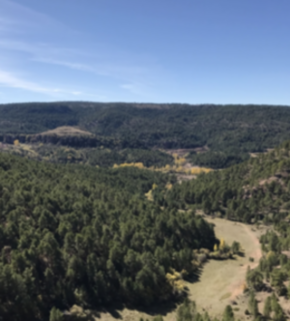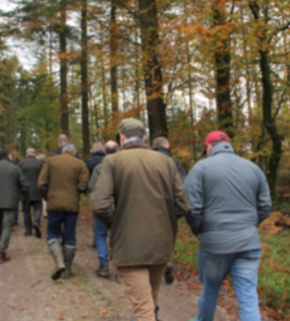
4. Ongoing Management

Ongoing management is the critical phase that keeps restoration efforts alive, adaptive, and impactful well beyond initial implementation. Restoration processes are dynamic as are the conditions in which we operate and forests are growing, so adaptive management is key: Are your strategies working? What needs to change? Regular monitoring helps identify what’s effective and what is not, allowing for course correction over time. Threats such as invasive species, pollution or overgrazing must also be addressed to prevent regression.
How can people benefit from restored ecosystems without putting it at risk? To keep projects relevant and equitable, stakeholder engagement must continue throughout, ensuring decisions reflect local priorities and knowledge.
Transparent reporting, robust communication, and continuing to build local capacity are vital to sustaining momentum. Ultimately, ongoing management is what transforms a short-term project into lasting impact - protecting ecological gains and enabling restoration to deliver on its full promise for people and the planet.
4.1 Adaptative forest management
Adaptive Forest Management (AFM) is a flexible, “learning by doing” approach that helps guide forest restoration amid uncertainty. By continuously adjusting strategies based on ecological, social, and economic feedback, AFM ensures restoration efforts remain effective, resilient, and relevant over the long term.
4.2 Long-term resourcing
Stable financial support ensures not only implementation but also ongoing monitoring, adaptive management, and active community engagement, helping projects withstand environmental pressures.
4.3 Ongoing management activities
Forest and nature restoration is a long-term process that requires ongoing care and management. After initial interventions, continued monitoring, maintenance, and adaptive actions ensure ecosystems develop toward resilient and sustainable outcomes.
4.4 Upscaling
Scaling up forest restoration requires turning lessons from pilots and demonstration projects into broader, strategic action.







